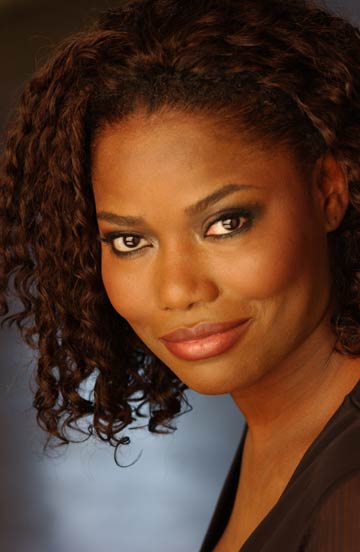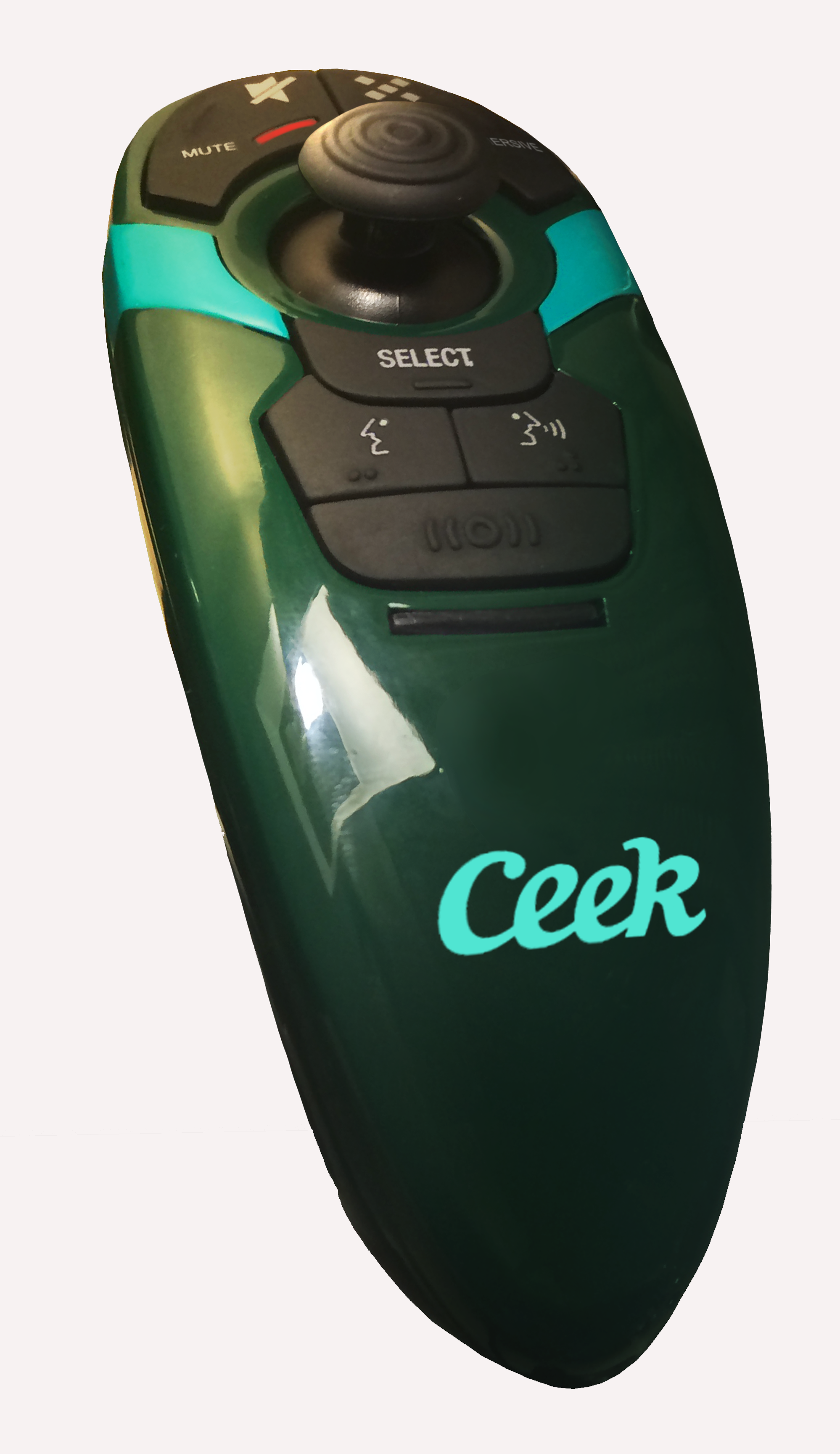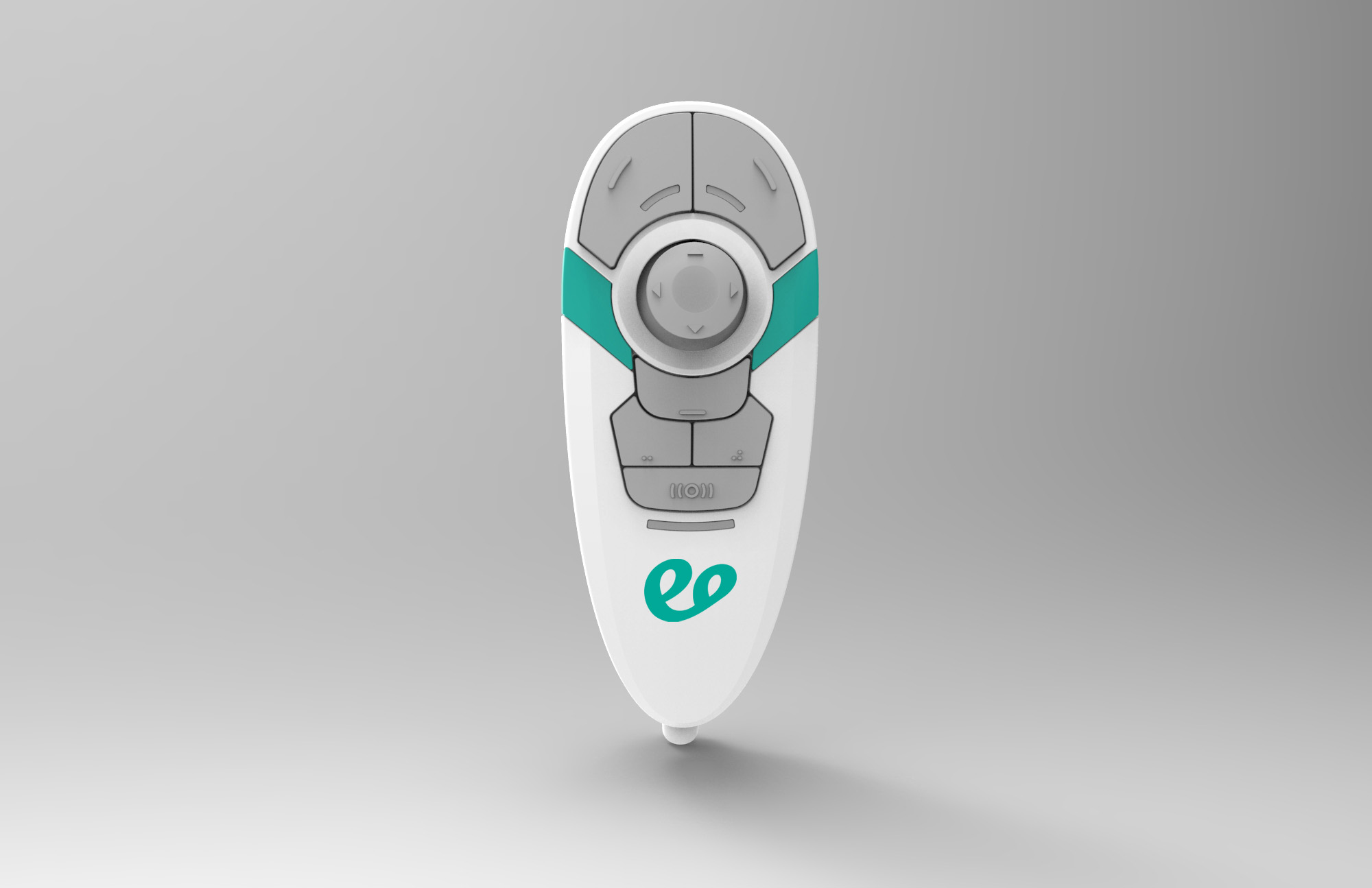Getting Immersed: Next Galaxy's Mary Spio On The Metaverse And Immersive CEEKARS Headset
Mary Spio is the CEO of Next Galaxy, a company that's building an immersive metaverse for serving up VR content as well as an audio headset called CEEKARS that promises to deliver unrivaled omnidirectional sound to enhance the VR experience. Spio will be speaking at the Immersed A/VR conference in Toronto, taking place November 23-34 in Toronto.
Tom's Hardware: Tell us about Next Galaxy and what the company does.
Mary Spio: Next Galaxy is an immersive technology company. We're developing both software and hardware for virtual reality. But our core focus is on CEEK, which is an entertainment and educational hub.
What CEEK is doing is basically creating one comprehensive, central platform. So think of it as what Netflix is for movies, so that you can access entertainment content from different content creators, different movie houses [and] record labels, different sports outfits, in one central place. You go there, and you're able to consume all of this content. It's an entertainment and educational hub for VR content and experiences.
The other aspect [of Next Galaxy] is that we have our CEEK audio headphones, which are specifically for VR.
We looked at the marketplace and said, "What's missing?" In order to have that transition to mainstream, massive audiences, you have to have products that go beyond gaming. So our focus is all the entertainment and educational elements that are outside of gaming.
TH: Can you elaborate on the CEEK platform?
Get Tom's Hardware's best news and in-depth reviews, straight to your inbox.
MS: In terms of the CEEK platform, we are creating a complete turnkey platform. Everything from video distribution, being able to render and provide all the immersive content itself -- it's fully immersive, end-to-end.
After you enter the world of CEEK, you look around, and wherever you go it's fully immersive. You can enter different places; so I want to watch a movie, I can go into the cineplex. I want to watch a concert, I can go to the concert hall. It's a complete city, if you will, the gateway to the metaverse.
Once you enter this place, you can interact with friends. If I want to look at the latest BMW (or whatever it is), I can go to the shop and look around. It is a complete preview to what I think the potential is for this 3D Web to look like.
It's still a proprietary platform because you have the backend infrastructure which handles all the user data and information. And then you also have the whole content delivery network -- because it's very video-intensive. Making it available so that people can have concerts (or whatever they're looking for) on demand, scheduled, or you can join in the event. You can also invite friends to join you.
We have a VoIP module which allows people to communicate in real time. And then of course we have the interface so that you can plug in the VR device.
We think we're probably going to be one of the biggest drivers of content that goes beyond gaming for VR devices like the Oculus Rift, or the Samsung Gear [VR]. We've got the analytics, which is something that we're building.
We're also building the ability to create interesting advertising. I know nobody likes to hear about advertising! We don't even call it advertising; we're building ways and tools for brands to meaningfully interact with the audiences. So, you're not [going to be] seeing any pop-ups.
TH: Tell us about CEEKARS, your VR headphones, and other devices you have brewing.
MS: The reason we came up with the audio headphones is one, we felt like it was something that was missing -- we see a lot of video displays that don't have the audio -- and secondly, there is no meaningful way, if you don't have a video controller, to walk around the experience.
We're targeting gamers, but we're also targeting people who are on computers and do not have a controller -- or people on their mobile phones who do not have a controller.
So, this device -- which we're calling a control pad and comes with our CEEKAR audio headphones -- allows you to walk around the experience. The interaction and selection and all of that would currently be using the Oculus headset; but when you walk around, you constantly break "presence" by stopping and having to figure out where the buttons are on the computer. This device solves that altogether.
TH: What sort of gear, hardware, tech, products, etc. will people need to interact with the CEEK environment?
MS: They're going to need some kind of display unit. We're programming for the Oculus -- it's what we've been using in terms of all our testing and all our development -- [but] we're also now looking at the [Samsung] Gear VR, we're looking at the VR One.
We will continue to update so that the user is not limited to just the Oculus Rift or VR One or Gear. As these new units come on, we're constantly evaluating them and making sure that we're updating our platform to operate with these different devices.
You also need headphones. The CEEKARS headphone is also built with positional tracking, 3D audio, and it also comes with a haptic pad. You need to be able to plug in to the website, mobile phone or mobile device. So those are the things that you need.
Mobile is a core priority for us right now. We know Oculus is much further along in terms of the consumer play, so we plan on staying in lock step with what they're doing, but I believe mobile is going to be what takes VR to the mainstream audiences. Everyone's got a mobile phone.
TH: All of these VR products are fundamentally peripherals. Are today's mobile phones (and PCs) capable of running these VR peripherals?
MS: You know, that's what we're working on. For example, we're looking at a couple of encoders and other software that would allow us to render in real time, on the phone. The mobile devices today are actually quite powerful, but a lot of [enabling the peripherals to work] is going to be what we do in the background to be sure it's displaying properly and that they will be able to have these experiences with the mobile phone.
I'm actually quite impressed with what I've seen on the Samsung Gear [VR] in terms of the resolution and what it's able to render. I'm very optimistic. I don't think that all these devices are "there" yet, but I am excited about where they are now, and I like the fact that we've already seen several improvements. I think that by the time the consumer devices hit the market, they'll be ready. The Samsung Gear [VR], for example, is totally consumer-ready.
Today, most of what's around on the market -- the [Oculus Rift] DK2, the Gear VR -- you have 20 different conversations that are going on around the [CEEKARS] headset. But where's the software? I don't remember who said this, but "software runs the world." And that's where our focus is: building the infrastructure that's going to deliver the content.
TH: What about that first vital experience people need to have with VR, that experience that causes them to become enamored?
MS: VR has a very addictive nature. If you get a good experience, it's magic in a bottle, and you want to feel it again. You don't want to leave.
TH: Can you tell us more about the actual hardware in the CEEKARS headset? Inquiring minds want to know.
MS: One key thing is the audio driver; we're recording omnidirectional audio. When you have omnidirectional audio, and you have a standard headset, what you end up with is a 3D experience but with flat-panel audio.
Let's say I'm in the "experience," and I am on the stage. I'm still getting the same audio as if I move to the back of the room. With our audio driver, along with the way the sound is being recorded and delivered, it allows us to localize the audio.
So what we're doing is recording with all these multiple channels of audio -- we can record 64 channels of audio and deliver it on something with five channels or less. Also, the frequency ranges we're looking at -- we have a much wider range.
All of this allows us to take everything and then isolate it depending on where the user is. We're tracking the audio. What you hear determines what you see. So if the audio experience is flat, then it really diminishes and eclipses what the visual experience should and could be. That's the whole purpose of the CEEKARS -- to ensure that the audio experience stays consistent with the visual experience. We're adding depth and perspective to the audio experience.
The CEEKARS also has reverberation. So I'm in a rocket, I can feel it shaking and moving along. You feel the rumble.
Ed. note: Spio also revealed that CEEKARS will be available for preorder "shortly" -- just in time for the holidays -- and you'll be able to pair CEEKARS with an Oculus Rift or a Samsung Gear VR.
*****
Tom's Hardware is a media sponsor for the Immersed conference. Stay tuned for more coverage and interviews with Immersed speakers ahead of the November 23-24 show.
If you wish to register, there's a temporary promotion code ("TomsHardwareImmersed") that will knock $100 off the registration cost. Primarily, Immersed will consist of industry folks, but there is a free public exhibition on Sunday afternoon, November 23.
In any case, space is limited, so register in advance if you want to claim a spot. The Immersed conference is running registration through the Eventbrite page.
Follow Seth Colaner @SethColaner. Follow us @tomshardware, on Facebook and on Google+.
Seth Colaner previously served as News Director at Tom's Hardware. He covered technology news, focusing on keyboards, virtual reality, and wearables.



